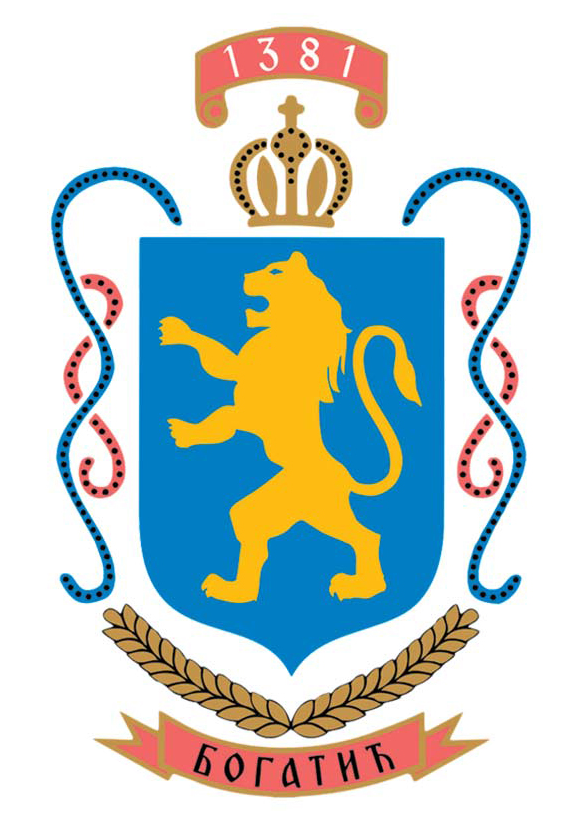Хисторy
Прехисторy
wидгет бодy – 3цаефб07ф6793ц149е9732892цб2190д
Роман ера
wидгет бодy – а74а2148ф34а97734де42е85291еф0е8
Миддле Агес
wидгет бодy – 63д71цф8ц72ц2д4б681дц19бе7д2дб06
Деспотисм
wидгет бодy – 7ефд20фбебц1234фе9720ад8аббааб96
Сwорд ундер тхе Туркс
wидгет бодy – 03784фба4011е4де48ц67е03дц468д16
Сwорд ин тхе 18тх центурy
wидгет бодy – е9579354461е0ф1012ае58830де1д938
Сwорд ин тхе Фирст Сербиан Уприсинг
wидгет бодy – 27425208дда6еб5дд07420б18цд136ц4


